Home>Storage & Organization>Kitchen Organizing Tools>How To Use Baking Soda In A Litter Box
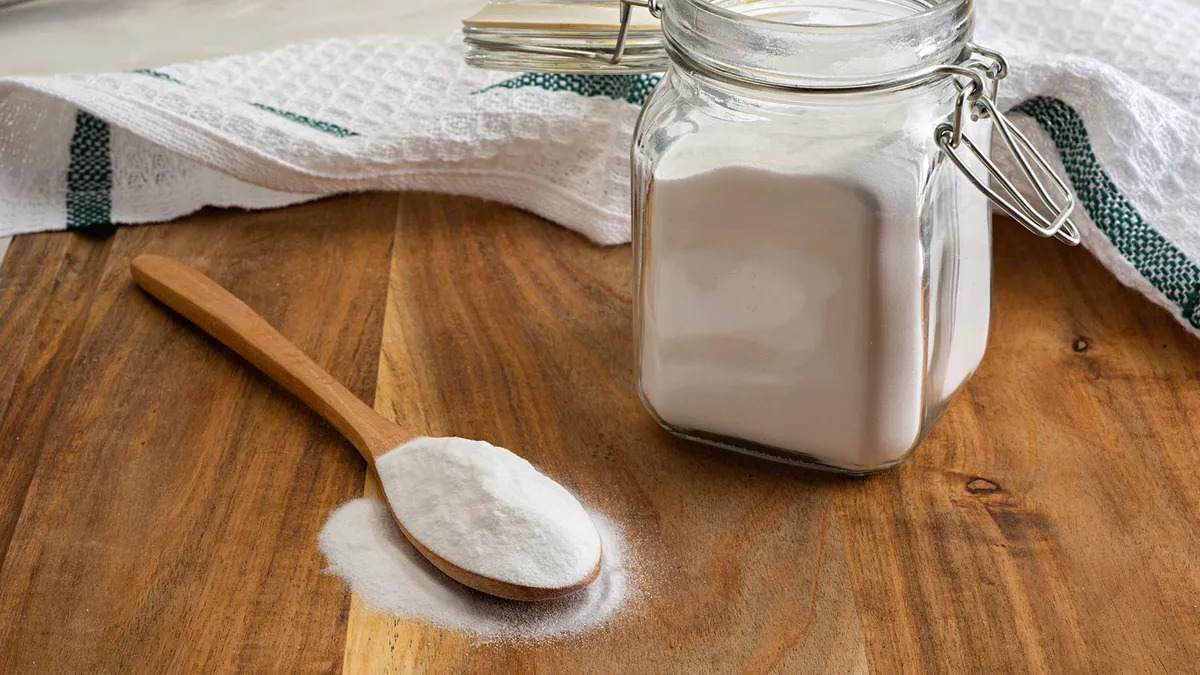

Kitchen Organizing Tools
How To Use Baking Soda In A Litter Box
Published: February 23, 2024
Discover the best ways to use baking soda in a litter box and keep your kitchen organizing tools fresh and odor-free. Learn effective tips for maintaining a clean and hygienic environment.
(Many of the links in this article redirect to a specific reviewed product. Your purchase of these products through affiliate links helps to generate commission for Storables.com, at no extra cost. Learn more)
Introduction
When it comes to maintaining a clean and odor-free environment for our feline friends, the litter box plays a crucial role. A well-maintained litter box not only ensures the comfort and hygiene of our beloved pets but also contributes to a pleasant living space for the entire household. One effective and natural way to combat odors and keep the litter box fresh is by using baking soda. This common household ingredient, known for its versatile uses, can work wonders in neutralizing unpleasant smells and absorbing moisture, making it an invaluable tool for cat owners.
In this comprehensive guide, we will explore the benefits of using baking soda in a litter box and provide step-by-step instructions on how to incorporate it into your regular maintenance routine. Additionally, we will share valuable tips to help you maximize the effectiveness of baking soda in keeping your cat's litter box clean and inviting. Whether you are a seasoned cat owner or a new pet parent, understanding the role of baking soda in maintaining a fresh litter box is essential for creating a comfortable and hygienic environment for your feline companion. So, let's delve into the world of baking soda and discover how this simple yet powerful ingredient can make a significant difference in your cat's litter box experience.
Key Takeaways:
- Keep your cat’s litter box fresh and odor-free by using baking soda. It neutralizes odors, absorbs moisture, and is gentle on your cat’s paws, providing a cost-effective and eco-friendly solution.
- To use baking soda in the litter box, choose unscented baking soda, mix it into the clean litter, and monitor and replenish as needed. Also, maintain proper ventilation and litter depth for optimal effectiveness.
Read more: How To Store Baking Soda
Benefits of Using Baking Soda in a Litter Box
-
Neutralizes Odors: Baking soda is renowned for its exceptional odor-neutralizing properties. When sprinkled in the litter box, it effectively absorbs and eliminates unpleasant odors, creating a fresher and more inviting environment for your cat and your home.
-
Absorbs Moisture: Moisture accumulation in the litter box can lead to clumping and unpleasant smells. Baking soda acts as a natural desiccant, absorbing excess moisture and preventing the formation of clumps, thereby extending the life of the litter and reducing the frequency of complete box changes.
-
Gentle on Paws: Cats are sensitive to the textures and substances they come into contact with, especially in their litter box. Baking soda is gentle on their delicate paws, providing a comfortable and non-abrasive surface for them to dig and move around in, promoting a positive litter box experience.
-
Cost-Effective Solution: As a readily available and affordable household product, baking soda offers a cost-effective solution for maintaining a clean litter box. Its versatility allows cat owners to achieve odor control and moisture absorption without the need for expensive or specialized products.
-
Environmentally Friendly: Unlike some commercial litter box deodorizers that contain harsh chemicals, baking soda is a natural and environmentally friendly alternative. It poses no harm to your cat or the environment, making it a safe and sustainable choice for odor management in the litter box.
-
Versatile Usage: Beyond its role in the litter box, baking soda can be utilized for various household cleaning and deodorizing purposes. This versatility makes it a practical and multi-functional addition to your pet care and home maintenance routines.
Incorporating baking soda into your litter box maintenance routine can significantly enhance the overall cleanliness and freshness of the environment, benefiting both your cat and your living space. With its proven effectiveness in neutralizing odors, absorbing moisture, and providing a gentle and cost-efficient solution, baking soda stands as a valuable ally in the quest for a clean and inviting litter box experience for your feline companion.
Steps for Using Baking Soda in a Litter Box
-
Choose the Right Baking Soda: Opt for a high-quality, unscented baking soda to ensure that it is safe and gentle for your cat. Avoid using baking soda with added fragrances or other additives, as these may cause discomfort or irritation to your pet.
-
Prepare the Litter Box: Before adding the baking soda, thoroughly clean and dry the litter box. Remove any clumps, solid waste, and soiled litter, and ensure that the box is completely dry to maximize the effectiveness of the baking soda.
-
Measure the Baking Soda: Using a clean and dry measuring spoon or cup, sprinkle a thin, even layer of baking soda over the bottom of the litter box. The amount of baking soda used will depend on the size of the litter box, but a light dusting is generally sufficient to achieve the desired results.
-
Mix the Baking Soda: Gently mix the baking soda into the clean litter using a scoop or litter box rake. Ensure that the baking soda is evenly distributed throughout the litter to maximize its odor-neutralizing and moisture-absorbing capabilities.
-
Monitor and Replenish: Regularly monitor the condition of the litter box and the effectiveness of the baking soda. As needed, replenish the baking soda by adding a thin layer on top of the existing litter and gently mixing it in to maintain its odor-controlling properties.
-
Observe Your Cat's Behavior: After adding the baking soda to the litter box, observe your cat's behavior to ensure that they are comfortable with the changes. Most cats readily adapt to the presence of baking soda in the litter box, but it's important to monitor their response to ensure their continued comfort and well-being.
-
Replace as Needed: While baking soda can effectively control odors and absorb moisture, it is essential to replace the entire litter box contents on a regular basis according to the manufacturer's recommendations. This ensures a consistently clean and hygienic environment for your cat.
By following these simple yet effective steps, you can seamlessly incorporate baking soda into your regular litter box maintenance routine, reaping the benefits of a fresher, more inviting environment for your cat and a cleaner, more pleasant living space for your household.
Sprinkle a thin layer of baking soda at the bottom of the litter box before adding the litter. This can help absorb odors and keep the box smelling fresh for longer.
Tips for Maintaining a Clean Litter Box with Baking Soda
Maintaining a clean litter box with the help of baking soda involves more than just adding it to the litter. To optimize its effectiveness and ensure a consistently fresh and hygienic environment for your cat, consider the following tips:
-
Regular Monitoring: Keep a close eye on the condition of the litter box, including the odor level and moisture content. Regularly inspecting the box allows you to identify any potential issues early on and take proactive measures to address them.
-
Proper Ventilation: Ensure that the litter box area is well-ventilated to prevent the accumulation of odors. Adequate airflow can help dissipate any lingering smells and maintain a more pleasant environment for both your cat and your household.
-
Appropriate Litter Depth: Maintain an appropriate depth of litter in the box to facilitate effective odor control and moisture absorption. While it's essential to avoid overfilling the box, a sufficient amount of litter allows the baking soda to work optimally in neutralizing odors and maintaining a dry environment.
-
Strategic Placement: Consider the strategic placement of the litter box within your home. Positioning it in a well-ventilated yet relatively secluded area can help minimize odors and provide your cat with a sense of privacy while using the box.
-
Regular Cleaning: In addition to the odor-controlling benefits of baking soda, regular cleaning of the litter box is essential for maintaining a hygienic environment. Scoop out waste and clumps daily, and perform a complete litter change according to the manufacturer's recommendations.
-
Observing Your Cat's Preferences: Pay attention to your cat's behavior and preferences regarding the litter box. Some cats may have specific preferences for certain types of litter or may exhibit changes in behavior that signal the need for adjustments in the litter box maintenance routine.
-
Quality Litter: Select a high-quality, clumping litter that complements the odor-neutralizing properties of baking soda. The combination of a reliable litter and baking soda can significantly enhance the overall cleanliness and freshness of the litter box.
-
Consistent Maintenance: Establish a consistent maintenance schedule for the litter box, including the replenishment of baking soda and the periodic replacement of the entire litter. Consistency is key to ensuring a consistently clean and inviting environment for your cat.
By incorporating these tips into your litter box maintenance routine, you can harness the full potential of baking soda in creating a clean, odor-free, and comfortable space for your cat. With attention to detail and proactive care, the partnership of baking soda and proper maintenance practices can elevate the litter box experience for both you and your feline companion.
Conclusion
In conclusion, the incorporation of baking soda into your cat's litter box maintenance routine offers a multitude of benefits that contribute to a cleaner, fresher, and more inviting environment for both your feline companion and your household. By leveraging the exceptional odor-neutralizing and moisture-absorbing properties of baking soda, cat owners can effectively combat unpleasant smells and maintain a hygienic litter box with minimal effort and cost.
The use of baking soda not only addresses the common challenges associated with litter box maintenance, such as odor control and moisture management, but also promotes a more comfortable and enjoyable experience for your cat. Its gentle nature ensures that your pet can navigate the litter box with ease, while its cost-effective and environmentally friendly attributes make it a practical and sustainable solution for pet owners.
Furthermore, the versatility of baking soda extends beyond its role in the litter box, offering a range of household cleaning and deodorizing applications. This makes it a valuable and multi-functional asset in maintaining a clean and pleasant living space for both humans and pets alike.
By following the recommended steps for using baking soda in the litter box and implementing the provided tips for ongoing maintenance, cat owners can establish a consistent and effective routine that maximizes the benefits of this natural deodorizing agent. Regular monitoring, proper ventilation, strategic placement of the litter box, and attention to your cat's preferences are essential elements in ensuring the optimal performance of baking soda in maintaining a fresh and hygienic litter box environment.
In essence, the integration of baking soda into your litter box maintenance regimen represents a simple yet impactful strategy for enhancing the well-being of your cat and the overall cleanliness of your home. With its proven effectiveness, affordability, and eco-friendly nature, baking soda stands as a reliable ally in the ongoing quest for a clean, odor-free, and comfortable litter box experience.
In embracing the power of baking soda, cat owners can take proactive steps toward creating a harmonious and hygienic environment that fosters the health, happiness, and contentment of their beloved feline companions.
Frequently Asked Questions about How To Use Baking Soda In A Litter Box
Was this page helpful?
At Storables.com, we guarantee accurate and reliable information. Our content, validated by Expert Board Contributors, is crafted following stringent Editorial Policies. We're committed to providing you with well-researched, expert-backed insights for all your informational needs.
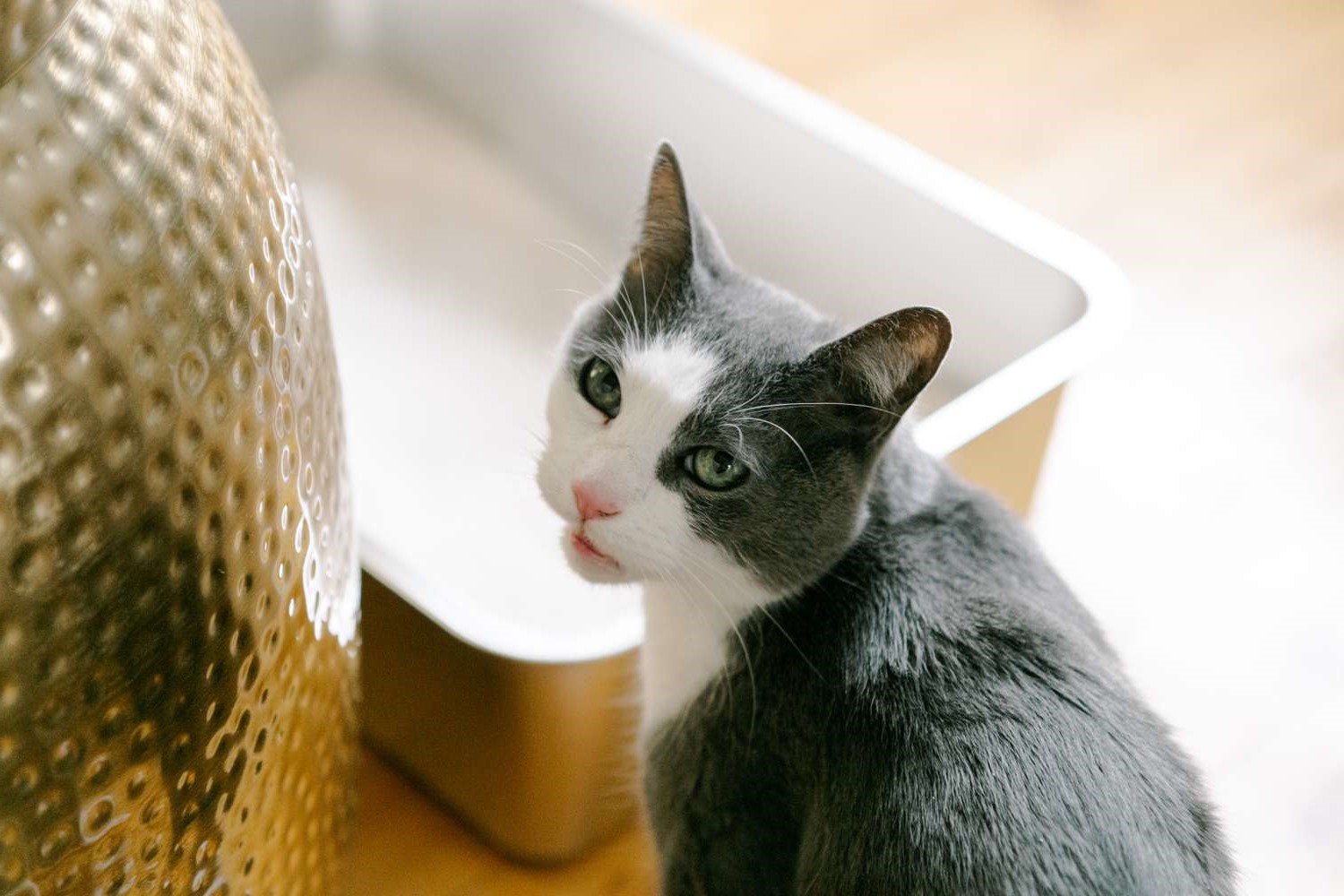
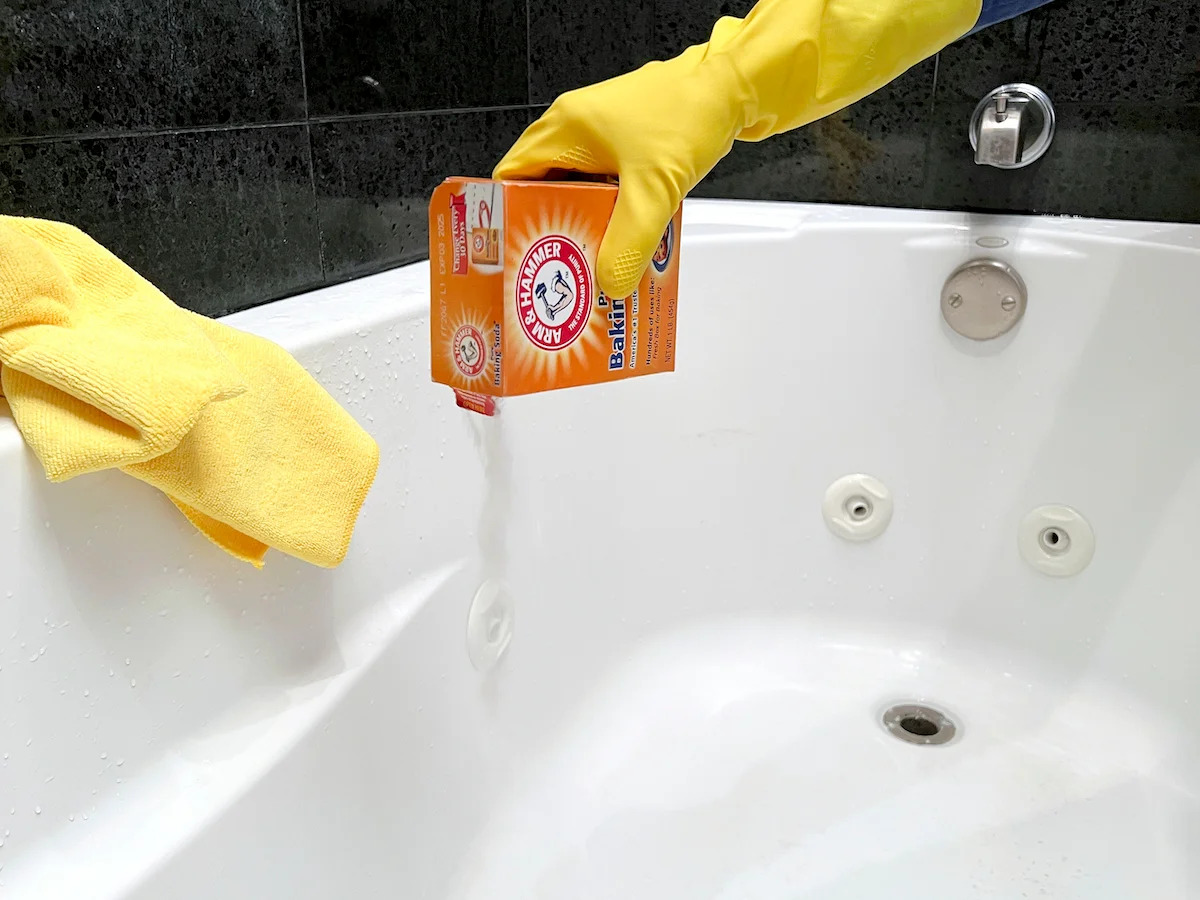
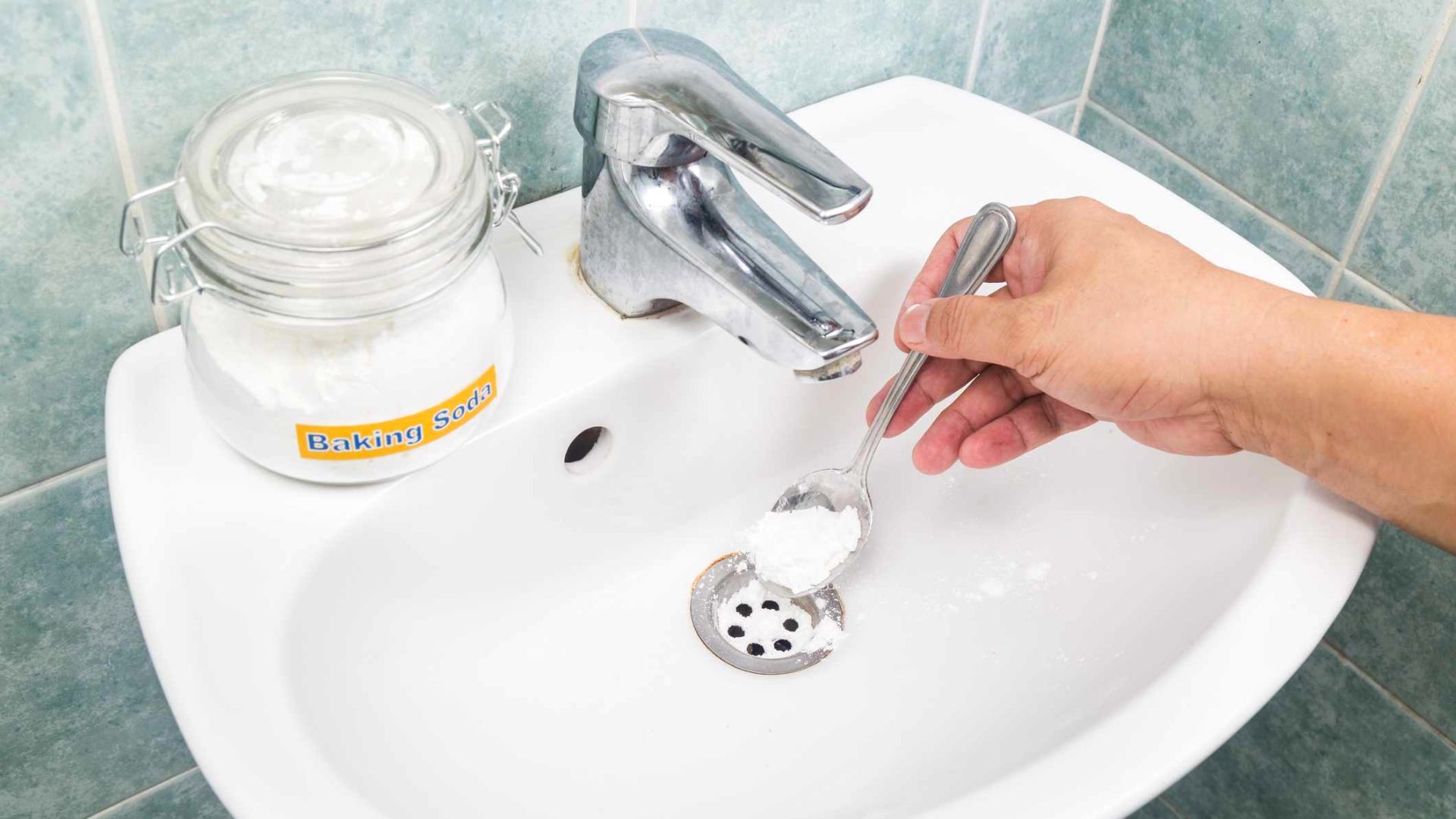
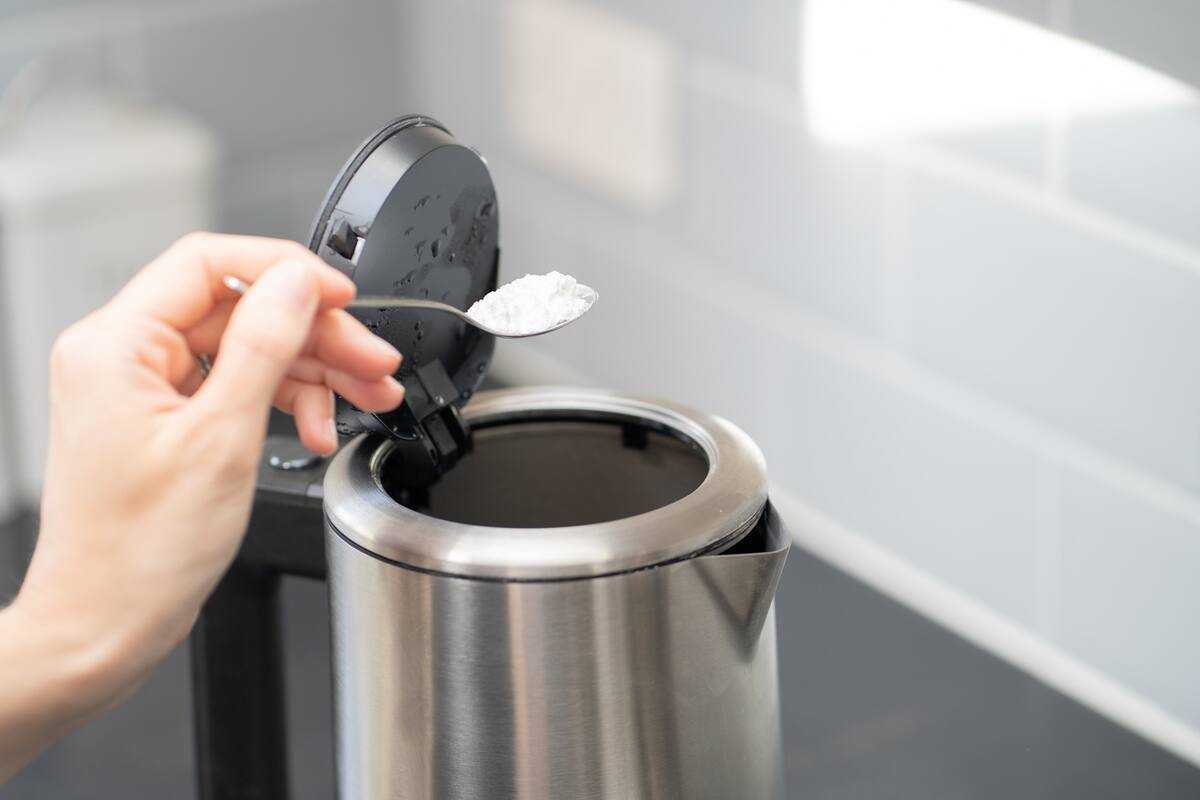
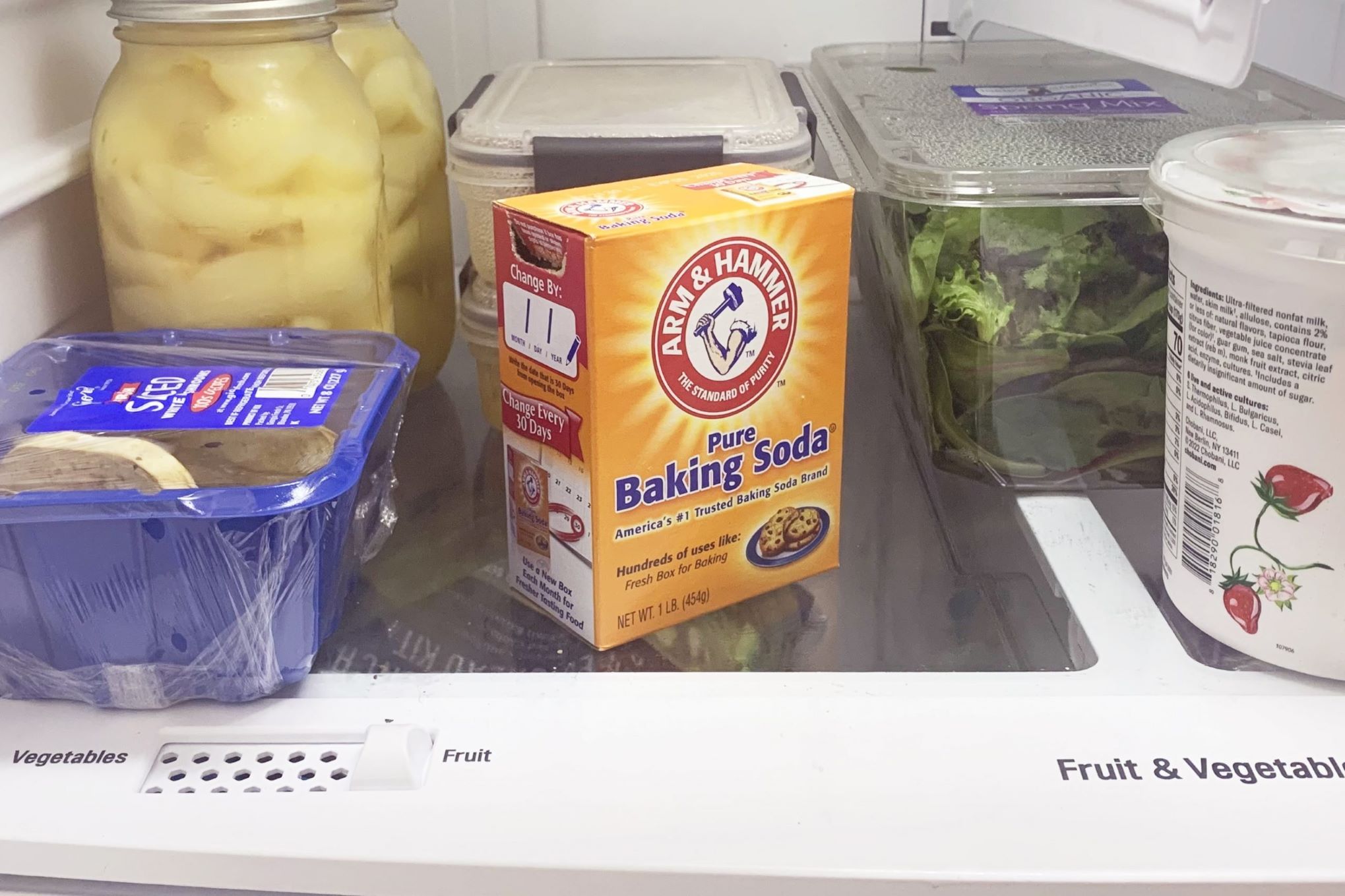
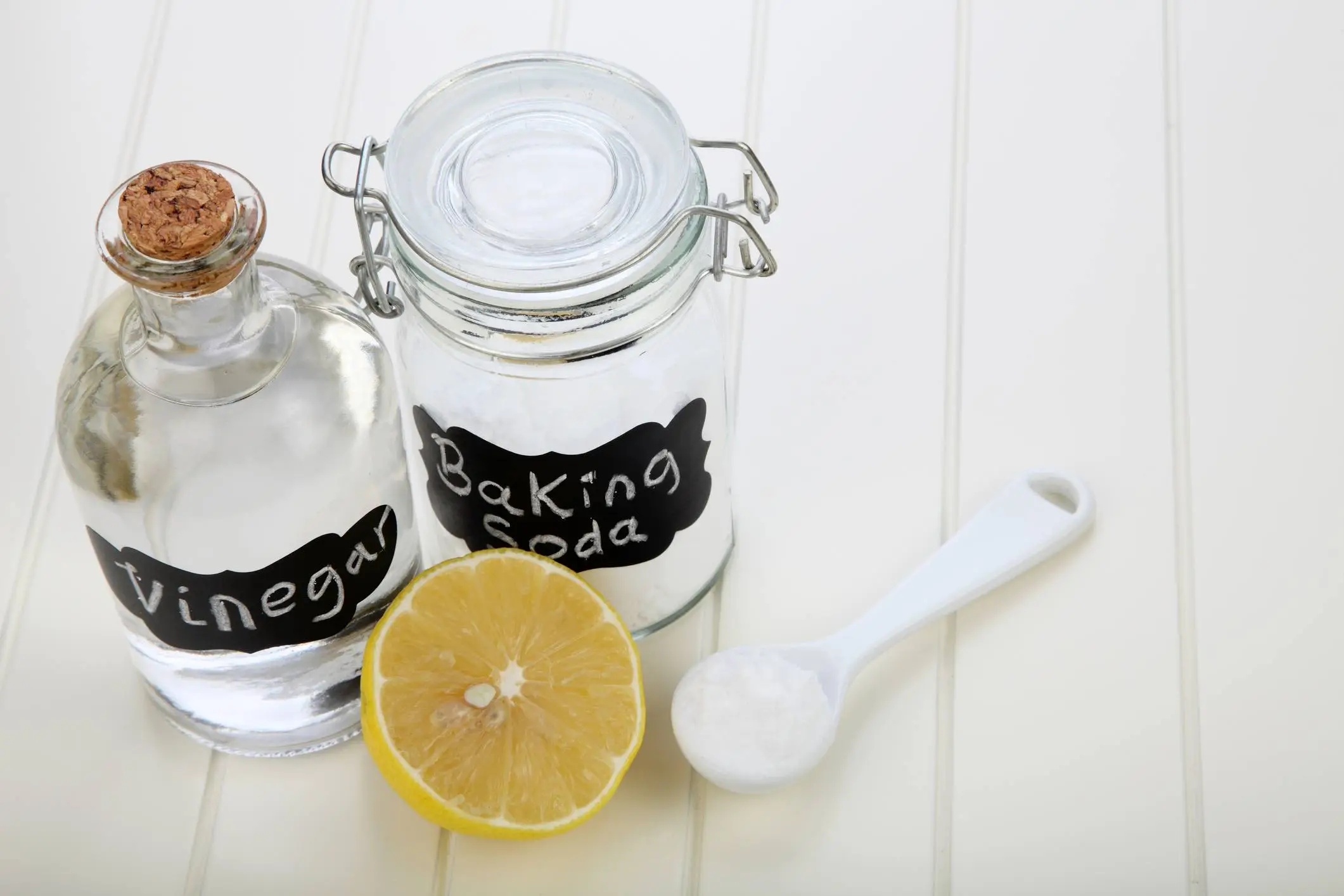
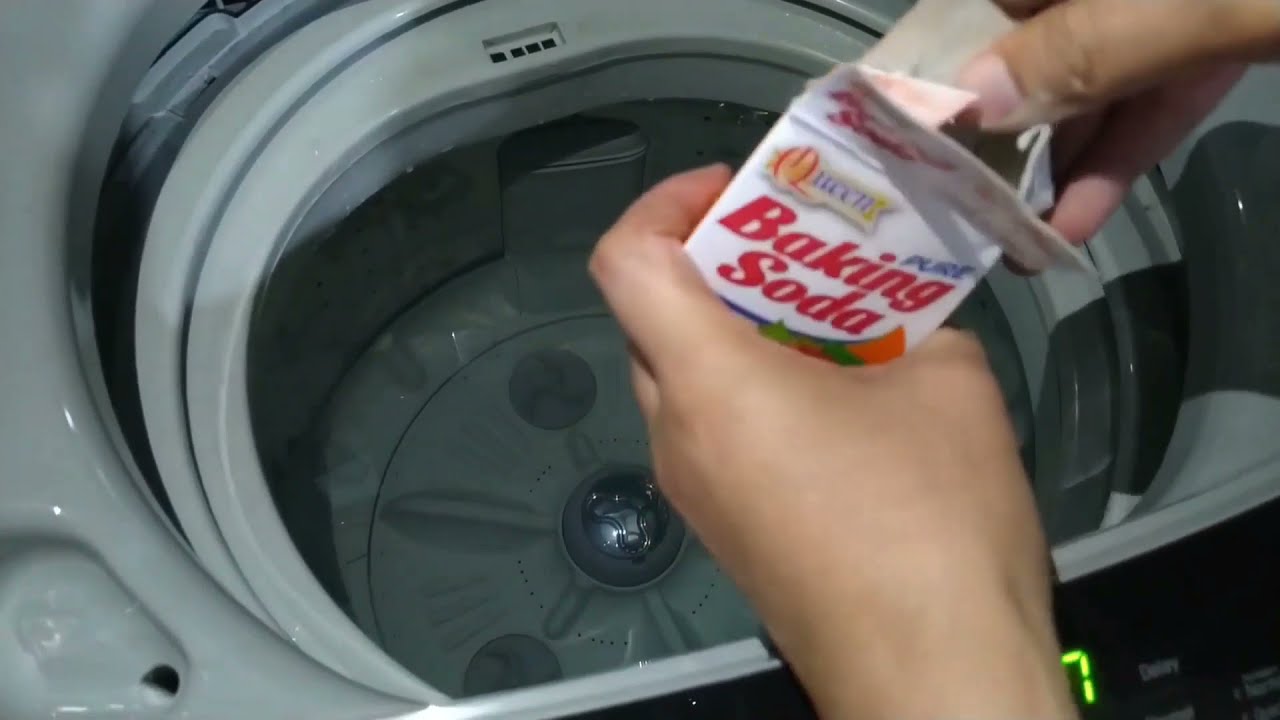
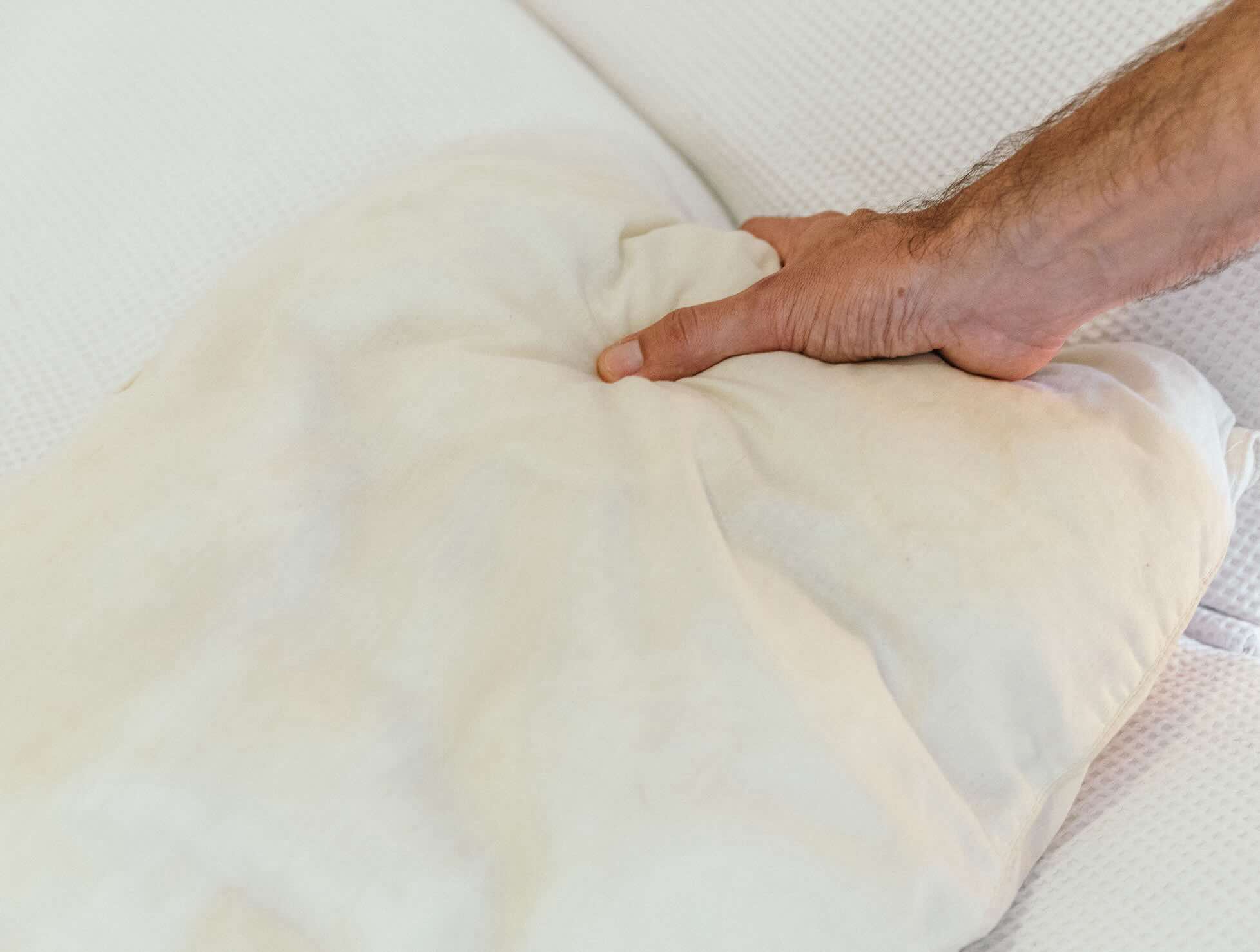
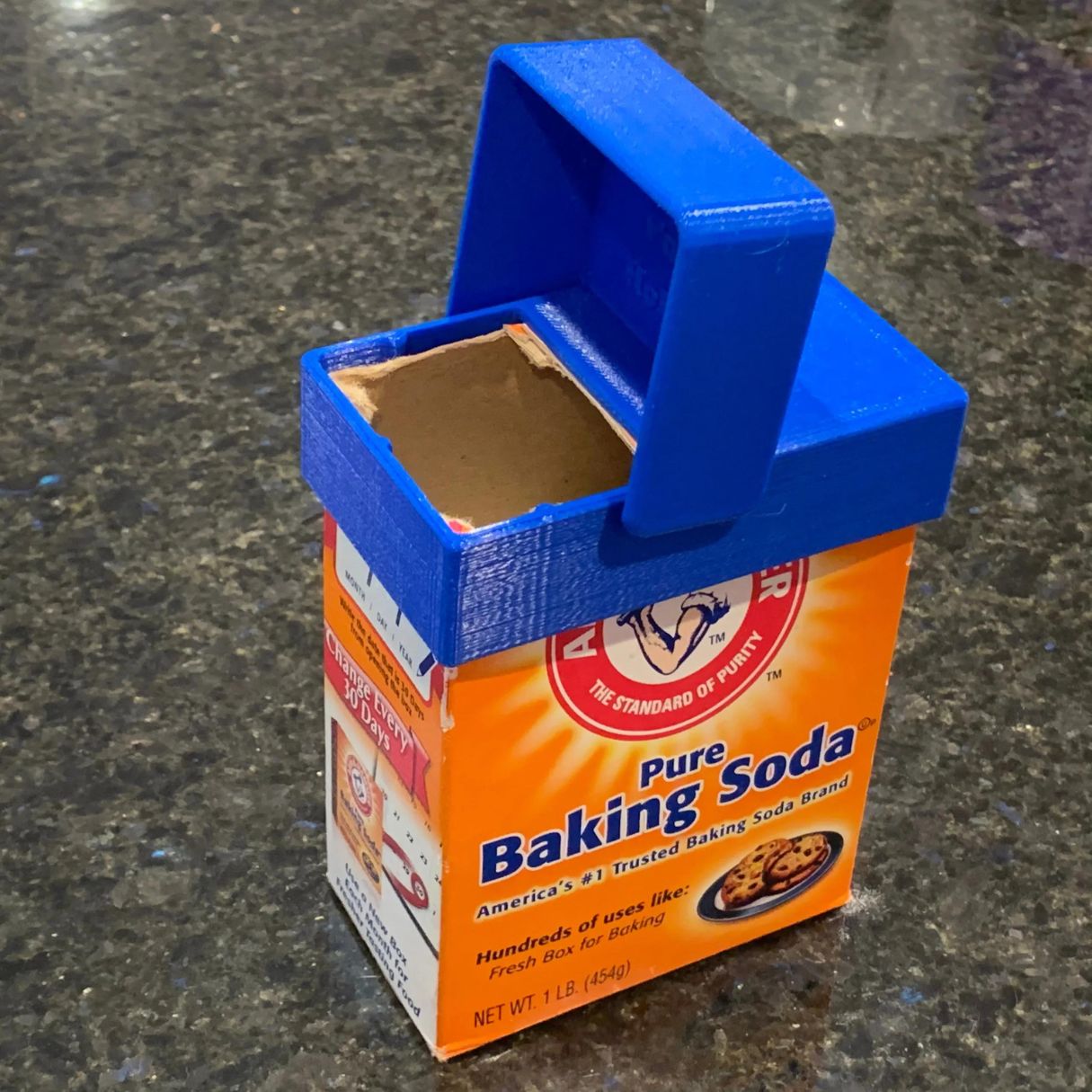
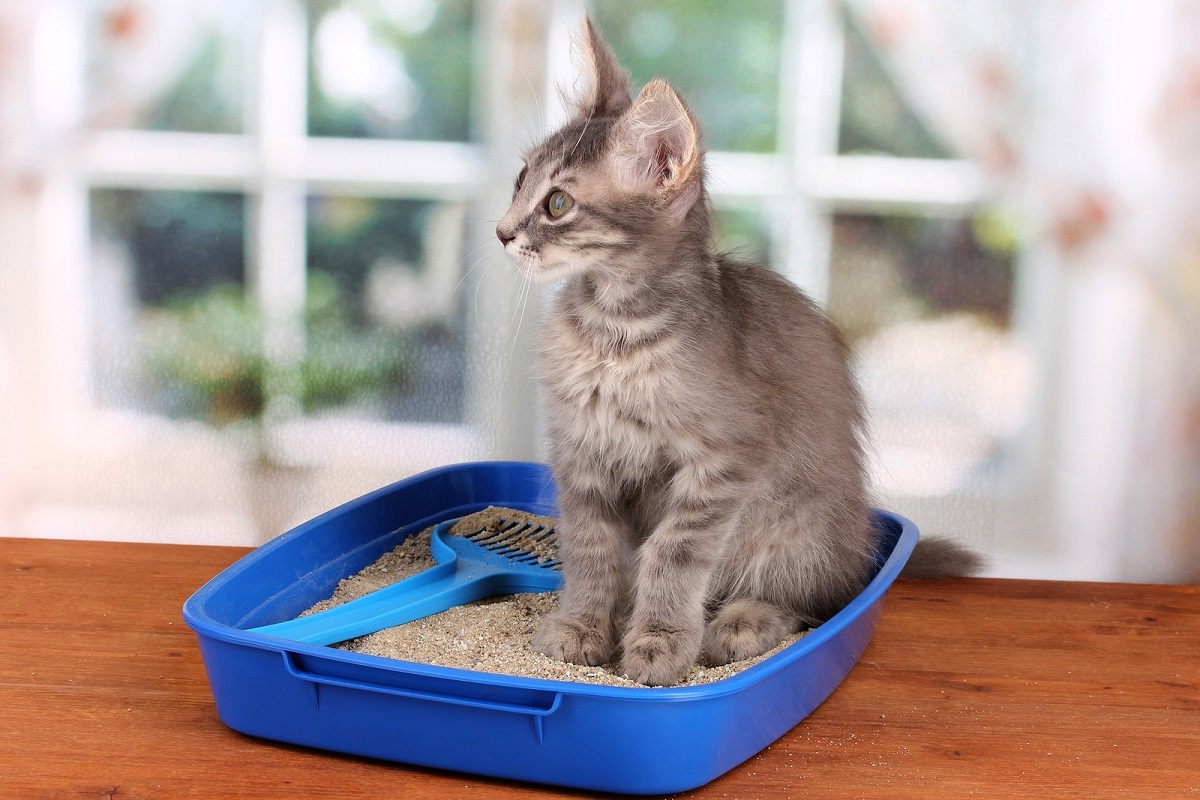
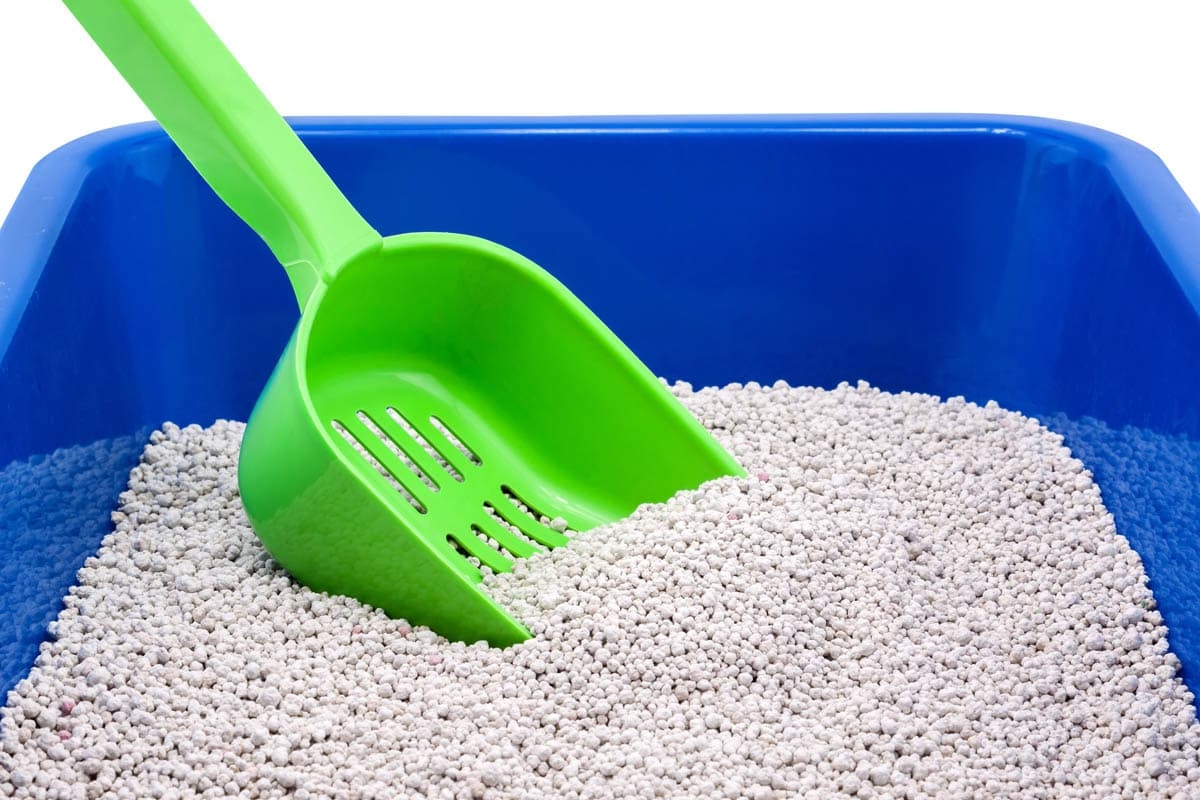
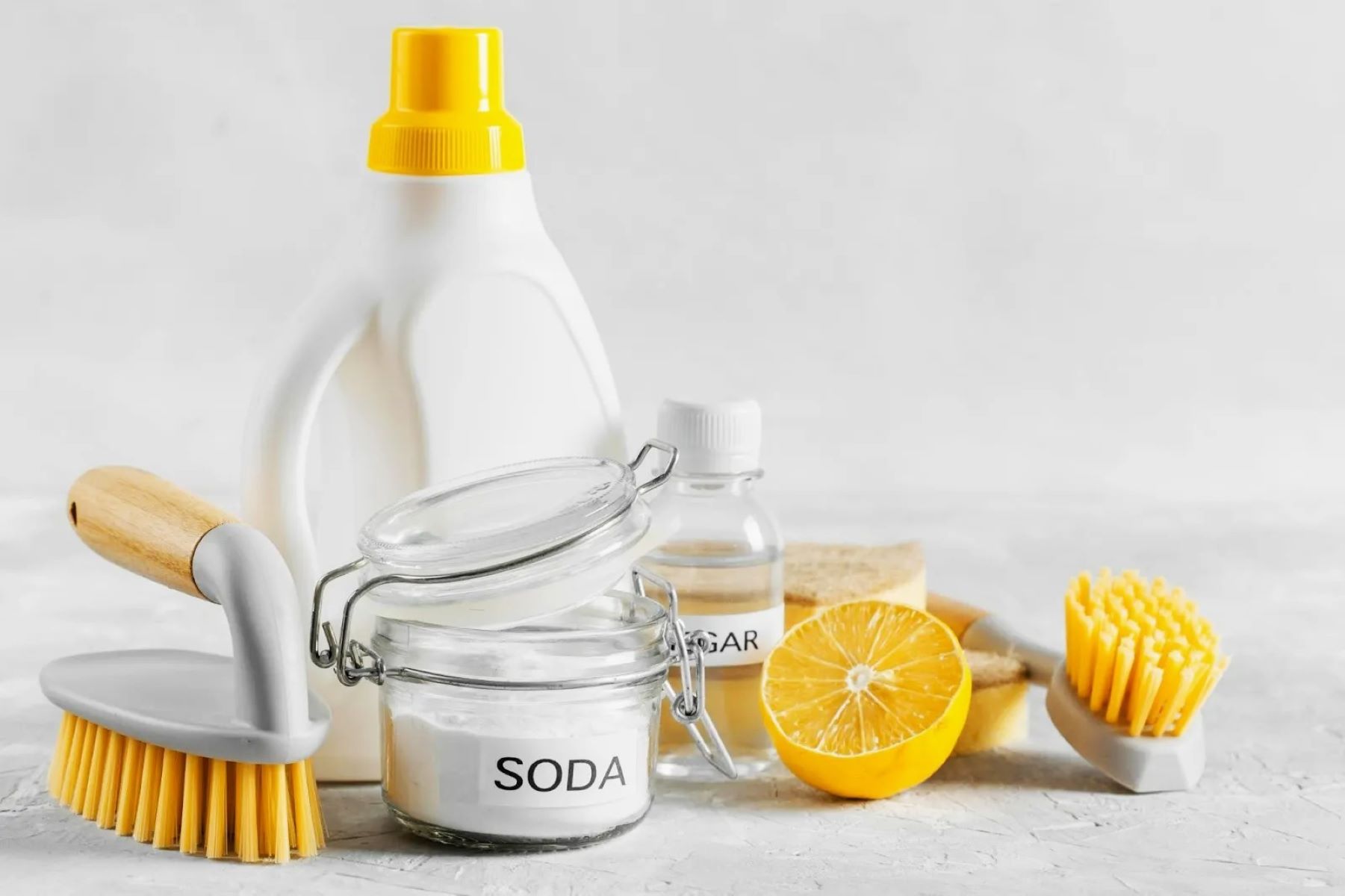
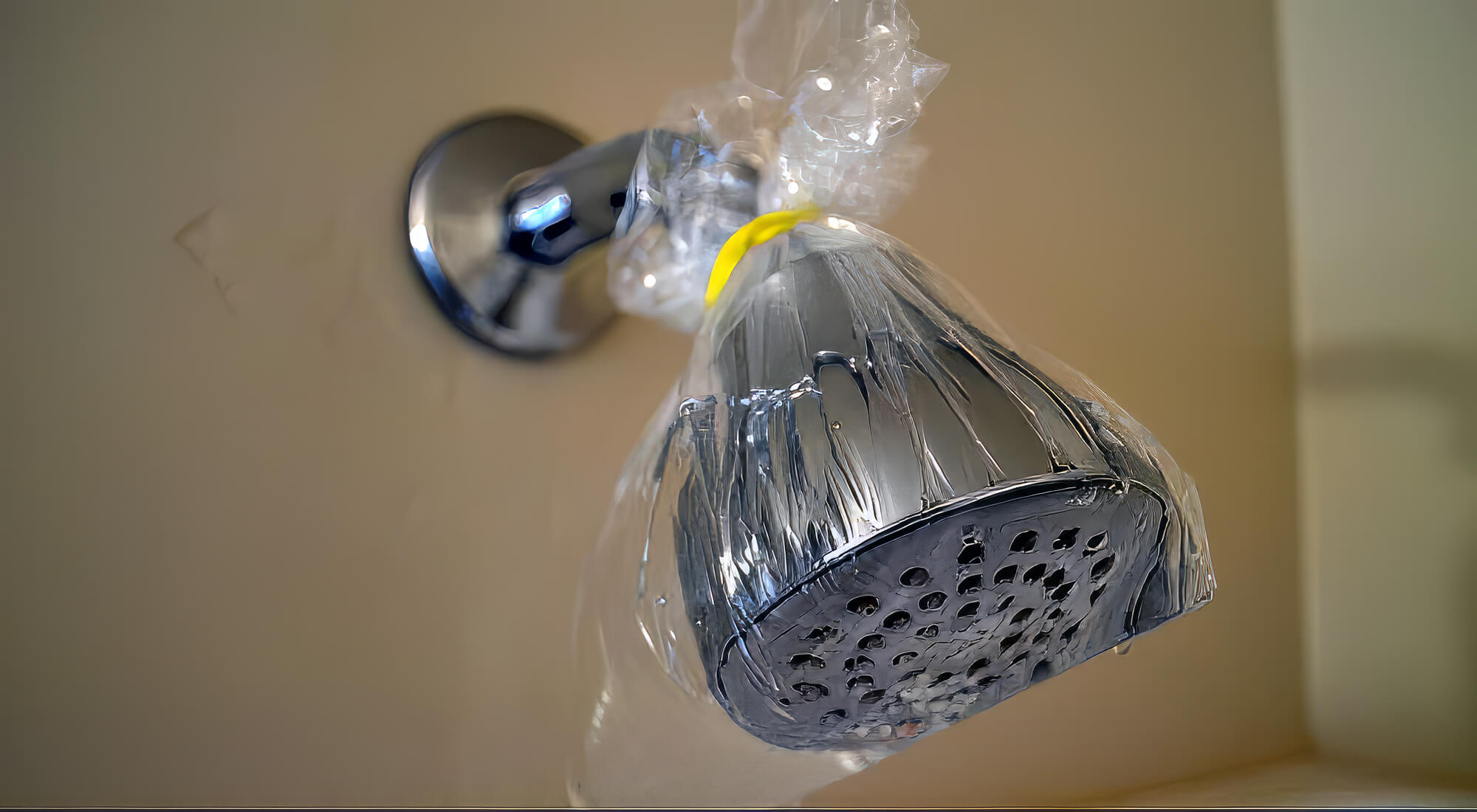
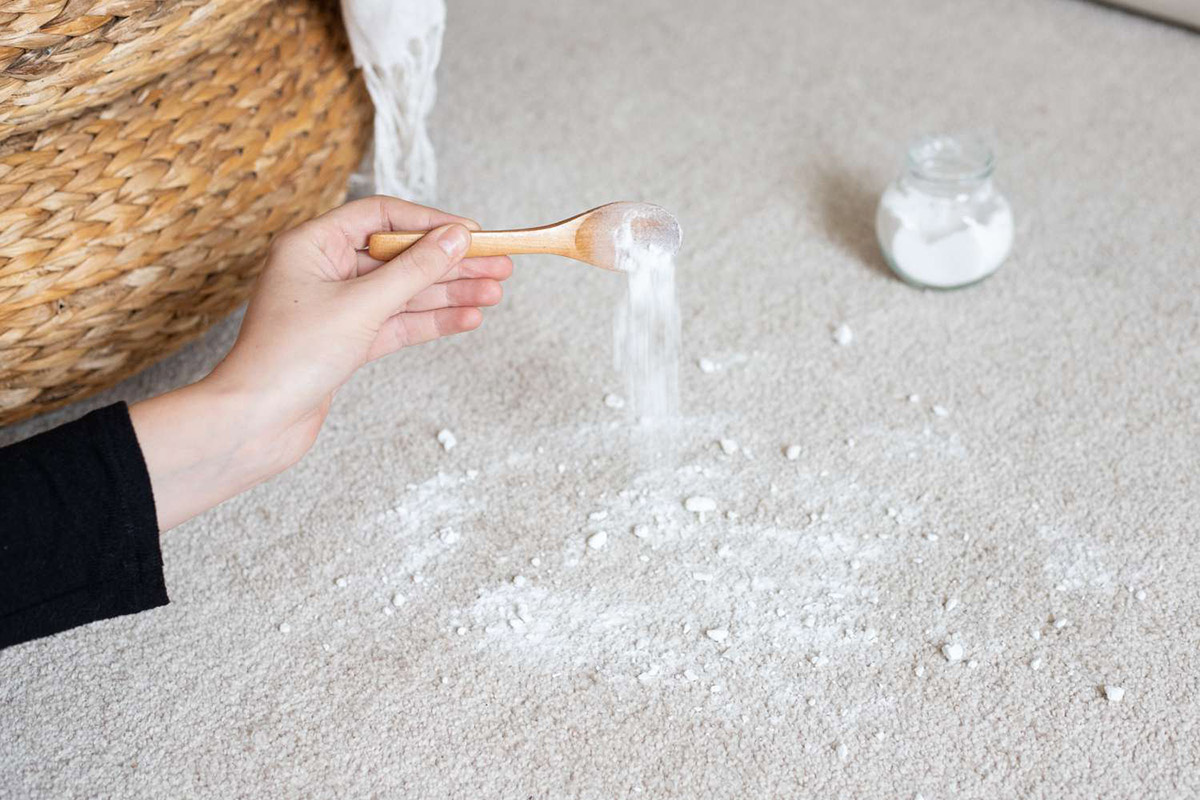
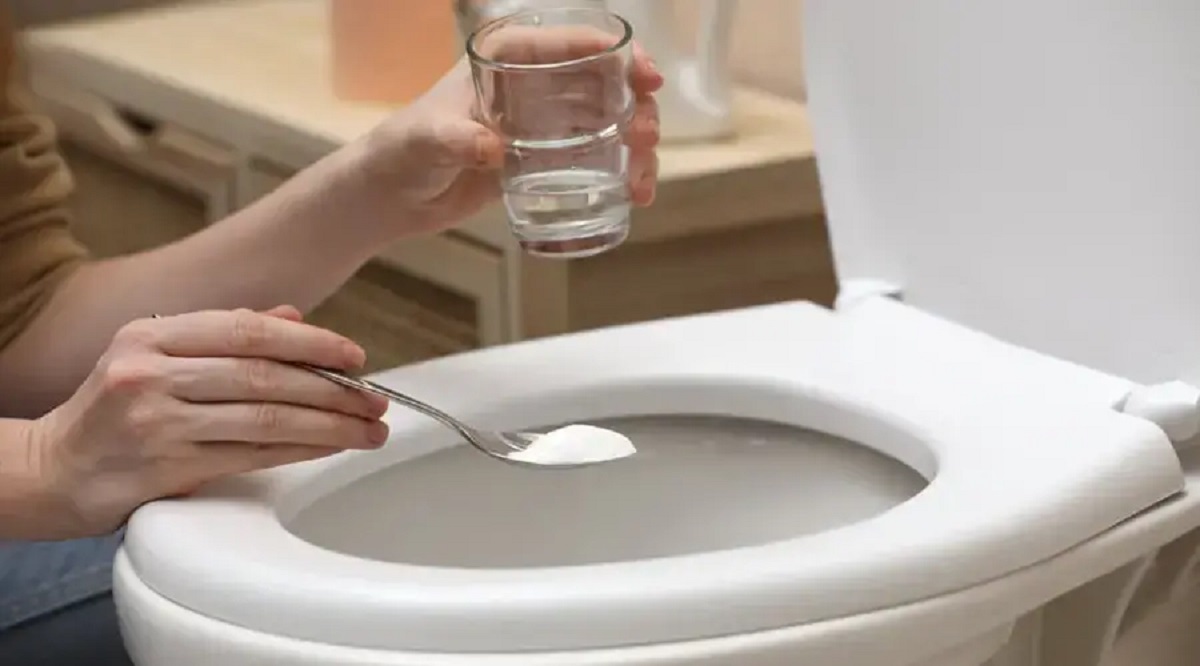

0 thoughts on “How To Use Baking Soda In A Litter Box”